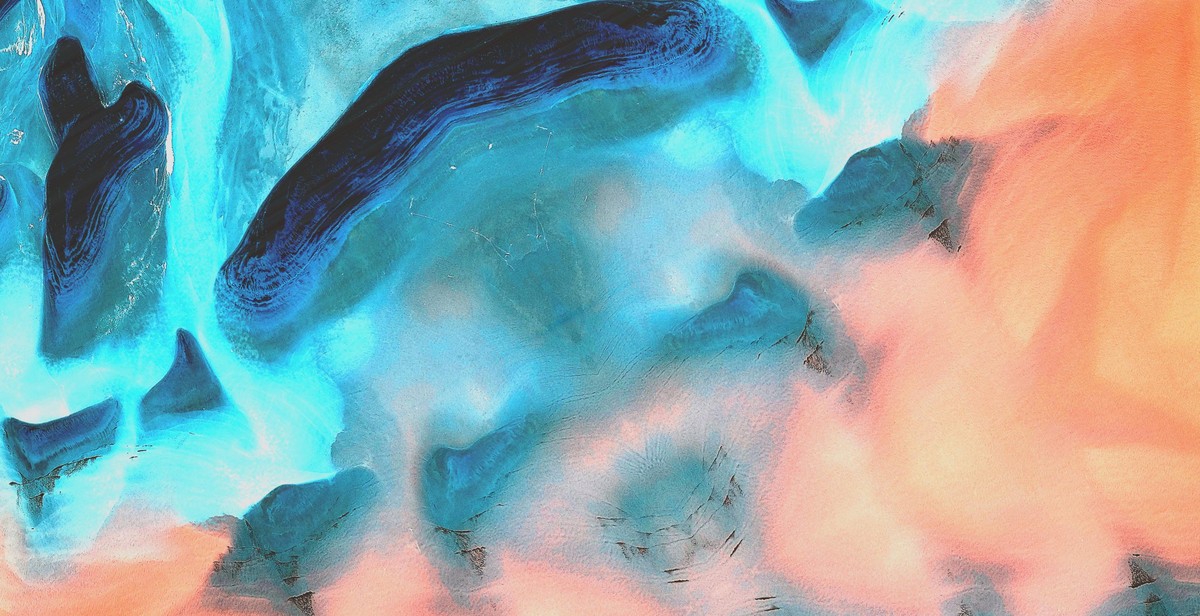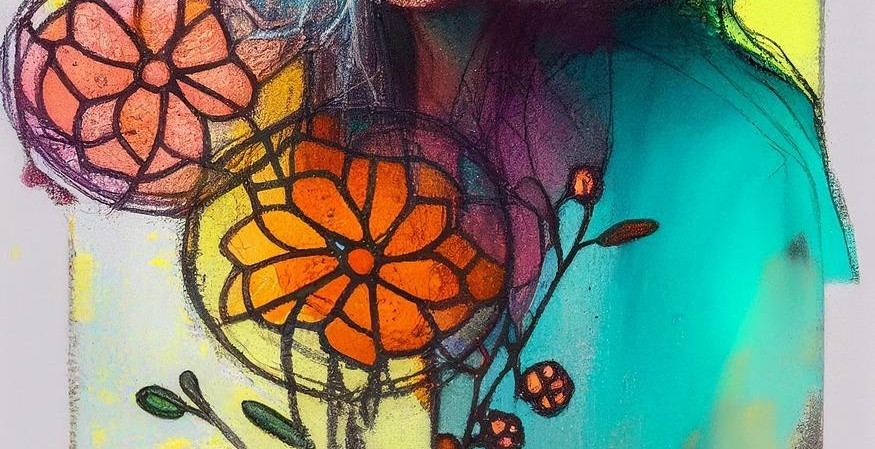How to Paint a Realistic Portrait with Pastels
Pastels are a versatile medium for creating stunning and realistic portraits. With their rich, vibrant colors and soft, blendable textures, pastels can capture the essence of a subject like no other medium can. However, painting a realistic portrait with pastels can be a challenging task, especially for beginners.
Materials Needed
Before you begin, you’ll need to gather the necessary materials:
- Pastel paper (preferably a sanded paper)
- A set of pastels (soft or hard pastels, depending on your preference)
- A fixative spray
- A reference photo or live model
- A drawing board or easel
Step-by-Step Guide
To paint a realistic portrait with pastels, follow these steps:
- Start with a rough sketch of the subject, using a light-colored pastel.
- Block in the basic shapes and colors of the portrait, using a mid-tone pastel.
- Add details and highlights with a lighter pastel, and shadows with a darker pastel.
- Blend the colors together with your fingers or a blending tool.
- Fix the pastel with a fixative spray to prevent smudging.
With practice and patience, you can create a stunning and realistic portrait with pastels. So grab your materials and get started!

Materials Needed
Pastels
Pastels are a crucial component of creating a realistic portrait with pastels. You will need a variety of pastel colors in order to blend and layer colors effectively. Soft pastels are ideal for portraits as they allow for a smooth and subtle application of color. Ensure that you have a range of skin tone colors, as well as darker and lighter shades for shading and highlighting.
Paper
The paper you use is just as important as the pastels themselves. You will need a high-quality paper that is specifically designed for pastel drawing. Pastel paper has a textured surface that helps to hold the pastel pigment in place. It is also important to choose a paper that is a suitable size for your portrait.
Fixative Spray
A fixative spray is used to protect your finished portrait from smudging or rubbing off. It is applied to the finished portrait and helps to hold the pastel pigment in place. Choose a fixative spray that is specifically designed for use with pastels.
Reference Photo
A reference photo is essential for creating a realistic portrait. Choose a high-quality photo that is well-lit and provides a clear view of the subject’s features. It is also important to choose a photo that is a suitable size for your portrait.
Summary
Overall, to create a realistic portrait with pastels, you will need a range of soft pastels in various skin tone colors, high-quality pastel paper, a fixative spray, and a reference photo. By using these materials and following the correct techniques, you can create a stunning portrait that captures the essence of your subject.
Preparing the Surface
Before you start painting a realistic portrait with pastels, it’s important to prepare the surface properly. This will ensure that your artwork looks professional and lasts for a long time. Here are some important steps to follow:
Choosing the Right Paper
The type of paper you choose can greatly affect the outcome of your portrait. For pastel painting, it’s best to use a paper with a rough surface, as it will hold the pastel better and allow you to create more texture. Some popular options include pastel paper, sandpaper, and sanded pastel paper. It’s also important to choose a paper that is acid-free, as this will prevent it from yellowing over time.
Applying Fixative Spray
After you’ve completed your portrait, it’s important to apply fixative spray to protect it from smudging and fading. This spray will also help the pastel adhere to the paper better. It’s recommended to apply several thin layers of fixative spray, allowing each layer to dry completely before applying the next one.
Transferring the Reference Photo
Before you start painting, you’ll need to transfer your reference photo onto the paper. One way to do this is by using transfer paper. Simply place the transfer paper between the reference photo and the paper, and trace over the lines with a pencil. Another option is to use a grid system. Divide both the reference photo and the paper into equal sections, and then draw the portrait section by section, using the grid as a guide.
| Pastel Paper | Sandpaper | Sanded Pastel Paper |
|---|---|---|
| Smooth surface | Very rough surface | Rough surface with a grit texture |
| Low cost | Low cost | Higher cost |

Sketching the Portrait
Before diving into painting, it is important to first sketch the portrait. This will serve as the foundation of your painting and guide you in the placement of features and proportions.
Drawing the Outline
The first step in sketching the portrait is to draw the outline of the face. Using a light pencil, sketch the basic shape of the head, including the jawline, cheekbones, and hairline. Then, add the features of the face, such as the eyes, nose, and mouth.
It is important to keep the proportions and placement of the features accurate in order to achieve a realistic portrait. Take your time with this step and make any necessary adjustments before moving on.
Blocking in the Shapes and Values
Once the outline is complete, begin blocking in the shapes and values of the portrait. This means filling in the areas of the face with the appropriate colors and tones. Start with the lightest values and gradually build up to the darkest values.
When blocking in the shapes and values, pay close attention to the subtle variations in color and tone on the face. Use a variety of colors to create depth and dimension in the portrait.
Remember, the sketch is just the beginning of the painting process. Take your time with this step to ensure a strong foundation for the rest of the painting.
Layering the Pastels
Layering is a crucial technique in pastel painting as it helps to create depth and texture in the portrait. Here are the steps to layer the pastels:
1. Establishing the Base Layer
The first step is to establish the base layer by applying the lightest color on the paper. Use a light touch and cover the entire surface evenly. This layer will act as a foundation for the rest of the layers.
2. Adding Mid-Tones and Highlights
Next, add mid-tones and highlights by layering darker colors on top of the base layer. Use a medium pressure and blend the colors together using your fingers or a blending tool. This will create a smooth transition between the colors and add depth to the portrait.
3. Creating Depth and Texture
Finally, add the darkest colors on top of the mid-tones to create depth and texture. Use a heavier pressure and create texture by layering the pastels in different directions. This will create a more realistic and three-dimensional effect.
| Step | Technique |
|---|---|
| 1 | Establishing the Base Layer |
| 2 | Adding Mid-Tones and Highlights |
| 3 | Creating Depth and Texture |
Layering the pastels takes practice and patience, but it is an essential technique in creating a realistic portrait with pastels. Remember to start with the lightest colors and gradually build up the layers to create depth and texture.
Refining the Details
Now that the basic colors and tones have been applied to the portrait, it’s time to refine the details. This step will really bring the portrait to life and make it look more realistic.
Blending and Smudging
Blending and smudging are essential techniques when it comes to creating a realistic portrait with pastels. Use a blending tool or your fingers to blend the colors together and create smooth transitions. Be careful not to over-blend, as this can result in a loss of texture and detail.
You can also use a smudging tool to add texture and create the appearance of skin or hair. Experiment with different smudging techniques to achieve the desired effect.
Adding Fine Details
Once the colors and tones have been blended and smudged, it’s time to add the fine details. Use a sharpened pastel pencil or a fine-pointed tool to add highlights, shadows, and other details. Pay attention to the direction of the hair and the shape of the facial features to create a realistic and accurate portrait.
It’s important to take your time during this stage and work slowly and carefully. Small details can make a big difference in the overall appearance of the portrait.
Remember to step back and assess your progress frequently to ensure that the portrait is coming together as planned. With patience and practice, you can create a stunning and realistic portrait with pastels.
Finishing Touches
After completing the basic steps of painting a realistic portrait with pastels, it’s time to add the finishing touches to bring the artwork to life. This stage involves adjusting colors and values, adding final details, and spraying fixative to preserve the artwork.
Adjusting Colors and Values
At this stage, it’s essential to check the colors and values of the painting to ensure they are accurate and realistic. Adjustments can be made by adding or subtracting layers of colors to achieve the desired effect. Using a blending tool, such as a tortillon or a soft brush, can help to blend the colors seamlessly.
Adding Final Details
Adding final details is crucial in creating a realistic portrait. This involves working on the eyes, nose, mouth, and other facial features to make them look lifelike. Fine details can be added using a sharpened pastel stick or a pastel pencil to create highlights and shadows. It’s important to keep the overall balance of the painting in mind while adding details.
Spraying Fixative
Once the painting is complete, it’s important to spray fixative to preserve the artwork. This will prevent the pastel from smudging or rubbing off. It’s advisable to use a workable fixative that allows for further adjustments to be made if necessary. The fixative should be sprayed in a well-ventilated area, and the painting should be left to dry completely before framing or displaying.
Conclusion: Mastering Pastel Portrait Painting
Painting a realistic portrait with pastels can be a challenging task, but with the right techniques and tools, it can be a rewarding experience. By following the steps outlined in this article, you can learn how to create a stunning portrait that captures the essence of your subject.
Key Takeaways
- Start with a good reference photo and sketch out the basic shapes and proportions of the face.
- Build up layers of color and texture gradually, using a light touch and blending carefully.
- Use a range of colors to create depth and dimension, and pay attention to the values and highlights.
- Experiment with different pastel papers and tools to find what works best for you.
- Practice regularly and don’t be afraid to make mistakes – they can often lead to unexpected and beautiful results.
Final Thoughts
Painting a realistic portrait with pastels requires patience, skill, and a willingness to experiment. With practice and dedication, however, you can master this art form and create stunning works of art that capture the essence of your subject. Whether you’re a beginner or an experienced artist, there’s always more to learn and discover in the world of pastel portrait painting.
| Pros | Cons |
|---|---|
| Can create stunning, lifelike portraits | Requires skill and patience to master |
| Offers a wide range of colors and textures | Can be messy and require special tools and papers |
| Allows for a lot of experimentation and creativity | May not be suitable for all subjects or styles |
